Remarkable Fossil Treasure Trove Plots Recovery after Dinosaur Demise
Corral Bluffs, a dry and somewhat dusty region some sixty miles south of the Denver Museum of Nature and Science did not look all that promising when visited by Ian Miller and Tyler Lyson on one of their many field trips out from the Museum when they visited the site back in 2014. The strata associated with this part of central Colorado, just to the east of the city of Colorado Springs, represents and almost uninterrupted depositional sequence from the Maastrichtian faunal stage of the Cretaceous to the Danian of the Palaeocene, a time of great faunal and floral turnover on our planet with the End-Cretaceous mass extinction event.
A View of the Corral Bluffs (Central Colorado)
Picture credit: Denver Museum of Nature and Science/HHMI Tangled Bank Studios
The Rise of the Mammals
Given the age of the sedimentary rocks, this site should yield important information on how terrestrial life recovered after the Chicxulub impact event, however, fossils proved elusive until the field team members literally hit upon the idea of cracking open the various, small, hard concretions associated with the site. Many of the concretions contained fossils, including the preserved skulls of numerous mammals. The subsequent treasure trove of plant and animal fossils excavated from the site have provided palaeontologists with a detailed chronology of how plant and mammalian life recovered from the mass extinction event.
Many Hard Nodules (Concretions) Contain Fossil Remains
Picture credit: Denver Museum of Nature and Science/HHMI Tangled Bank Studios
One or two firm blows with a sturdy geological hammer and the concretion will reveal its treasure, more than a dozen genera of prehistoric mammal have been recorded from the site.
Once Open the Contents of the Concretion are Revealed
Picture credit: Denver Museum of Nature and Science/HHMI Tangled Bank Studios
A Television Documentary
In addition to the academic paper published in the journal “Science”, a television documentary programme is being broadcast in America on the 30th October – “Rise of the Mammals” streaming on PBS). A special exhibition entitled “After the Asteroid: Earth’s Comeback Story” has already opened at the Denver Museum of Nature and Science, visitors will be able to view some of the thousands of plant fossils that have been found. These fossils document how flora recovered after the bolide impact that saw the demise of the Dinosauria.
The Exhibition will Include Many of the Plant Fossils Found at the Site
Picture credit: Denver Museum of Nature and Science/HHMI Tangled Bank Studios
After the “Fern Spike”
After an initial “fern spike”, the scientists were able to plot the rise of forests dominated by palms, then the emergence of legumes with the introduction of a wider variety of trees over hundreds of thousands of years. Pollen grain analysis, analysis of mineral radiometric decay from two volcanic ash deposits associated with the site, along with data from magnetostratigraphy enabled the researchers to date quite accurately the age of the layers that contained fossil material.
At first mammals were no bigger than rats, with the largest specimens estimated to weigh around 600 grammes. However, within three-quarters of a million years many more species of mammal had evolved, the largest of which would have weighed around 50 kilograms.
George Sparks the President and CEO of the Denver Museum of Nature and Science, commented:
“Thanks to the expertise, vision and grit of the scientific team, we are gaining a clear understanding of how our modern world of mammals arose from the ashes of the dinosaurs”.
Numerous Mammal Skulls Have Been Found at the Corral Bluffs Location
Picture credit: Denver Museum of Nature and Science/HHMI Tangled Bank Studios
The Corral Bluffs Location Maps the Change in Flora and the Increase in Size of Palaeocene Mammals
Picture credit: Denver Museum of Nature and Science
Everything Dinosaur acknowledges the assistance of a press release from the Denver Museum of Nature and Science in the compilation of this article.
The Everything Dinosaur website: Everything Dinosaur’s Website.


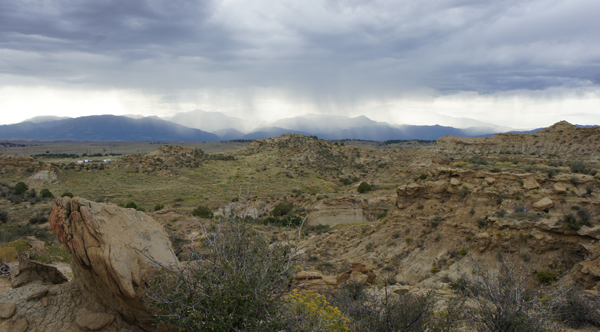
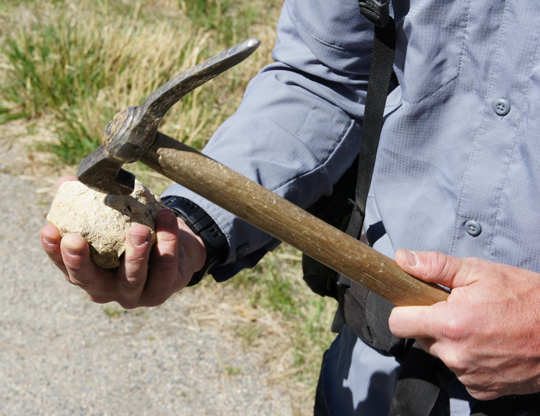
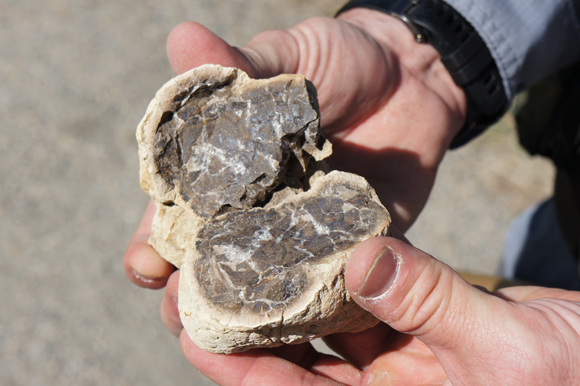
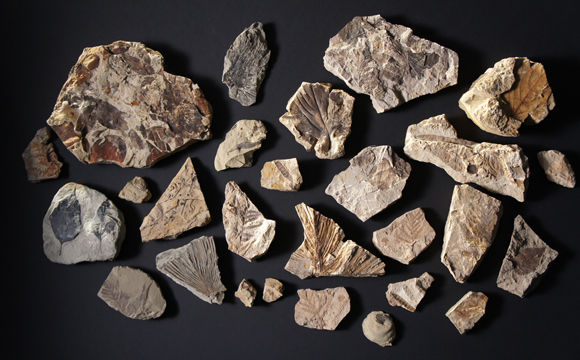
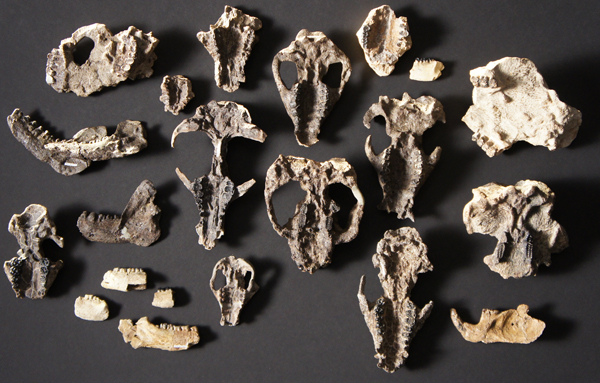
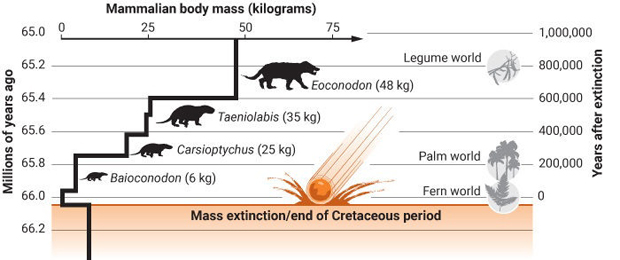




Leave A Comment